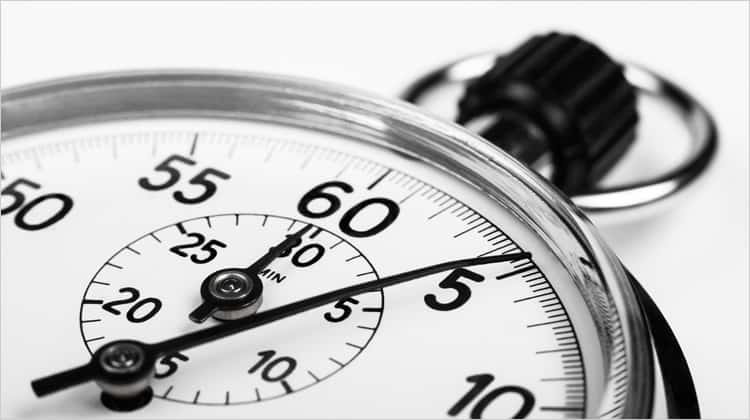
By Tim Middleton
The penalty shoot-out! Ah, those dreaded words! When soccer matches in cup ties are tied at the end of full-time and then also at the end of extra-time, the two teams take part in the penalty shoot-out, where each team takes five penalties each; if there is no winner after that, then each team takes another, and another and another until one team misses and the other team scores.
Normally a player is expected to score from a penalty but when it decides the outcome, now that is pressure!
Cricket at one stage introduced a bowl-out if the Twenty 20 International Match was tied and remarkably, in the first ever one, in 2006, New Zealand beat West Indies 3-0. That means that highly-trained professional bowlers in the West Indies team could not hit the three stumps once in six deliveries, with no batter facing them. The pressure of the moment was clearly too great for some!
In the light of all the above we might take a look at an interesting clip on Youtube where, during a tea interval at a cricket One Day International match in England, a spectator won fifty thousand pounds from the sponsors by bowling three balls, one after the other, from the bowler’s end and hit the stumps at the other end each time.
The pressure was intensified, as if it was not already hard, by the fact that after he hit the three stumps with his first ball, one of the stumps was removed – and when he hit the two stumps with his second ball they removed another stump so for the final ball he only had one stump at which to aim.
The pressure was even greater because he was doing it in front of thousands of keen spectators who had come to watch international cricket plus he had no warm-up nor was wearing any cricket kit. Then the pressure was increased by the fact that the sum on offer was a seriously significant amount. Yet this man achieved it!
So how did he handle the pressure while all others before him had failed? We may argue that there was no pressure as he had nothing to lose; indeed, the reason he gave in an interview was that he was already rich so did not need the money – thus, no pressure.
- Chamisa under fire over US$120K donation
- Mavhunga puts DeMbare into Chibuku quarterfinals
- Pension funds bet on Cabora Bassa oilfields
- Councils defy govt fire tender directive
Keep Reading
A crucial lesson that needs to be learned at school is how to handle pressure. This is done in many ways, not simply on the sports field (although it plays a big part, offering further reason why we must do sport at school).
Children are given deadlines for work to be submitted; decisions have to be made; responsibility must be taken; examinations have time constraints and pass marks. Indeed, when it comes to exams, children will often simply write whatever comes to their minds, to the best of their knowledge and understanding, aware that they will not be marked down for a wrong answer; they are encouraged to write something, as whatever is written may be right but if nothing is written then it is definitely wrong. There is no pressure there.
However, some universities have introduced a procedure whereby the candidate writes his answer down but also grades the level of his confidence in his answer, from 1 to 3 (1 means it is a guess and 3 means he is 100% confident it is correct).
If he put his confidence level as 1 and answered it correctly, he gains 1 point but loses 1 mark if it is the wrong answer. If he put 2 and answered it correctly, he gains 2 marks but he loses 2 marks if the answer is wrong. If he put 3 and got it right, he gains 3 marks but loses 3 if he got it wrong. In order to get 100% for the test, a student had to put 3s down throughout and get them all right.
It is also worth noting that a student could get all the answers right and only get 33% while it is also possible to receive a negative score, despite answering some questions correctly.
After all, they argue, a doctor simply cannot afford to take a guess with her prescription; she must be totally confident. There is pressure, for sure!
The fact is that life is all about pressure. Our tendency with children is to try to have our children avoid pressure points but instead we need to help them to handle pressure, to cope with it.
Some do face pressure, in the form of oppression, depression, repression, suppression but also in expression and impression. There is pressure out there, for which they must all be equipped. Pressure points to the future!
If they do not learn to handle the pressure, our youngsters will face a severe penalty – and consequently endure even more pressure! Education is pressure; pressure is education. Beautiful!
- Tim Middleton is the executive director of the Association of Trust Schools [ATS]. The views expressed in this article, however, are solely those of the author in his private capacity and do not necessarily represent the views of the ATS.
- email: [email protected]
- website: www.atschisz










